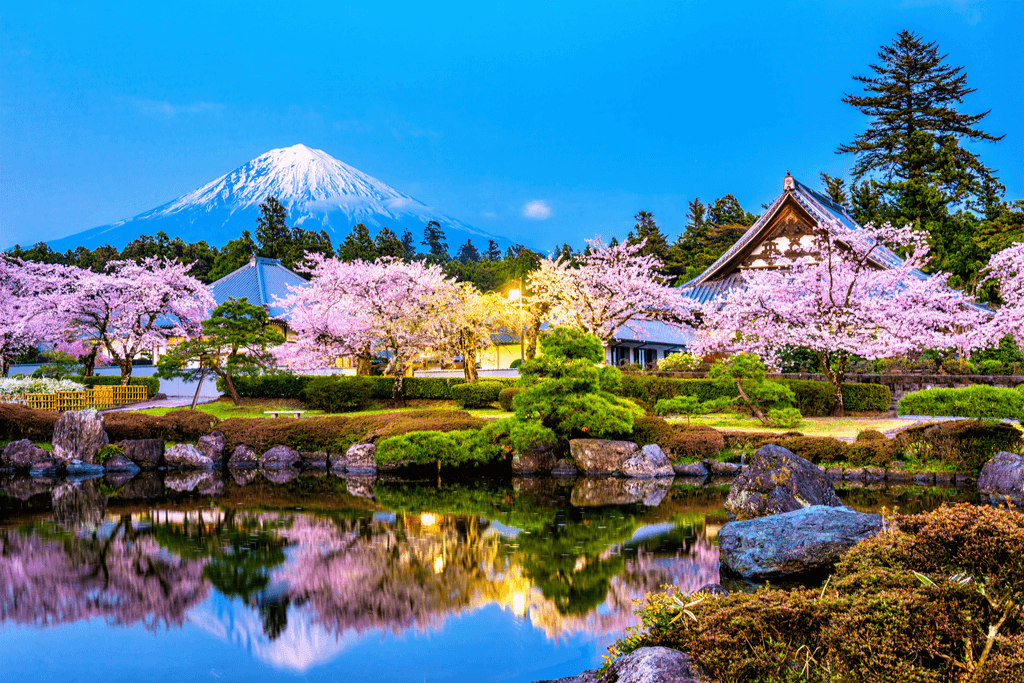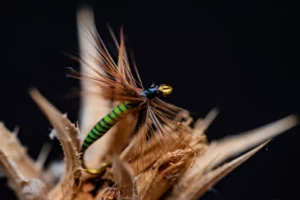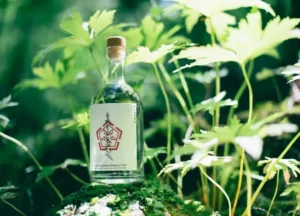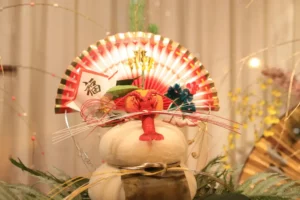What does it mean when the sakura (cherry blossoms) are at their “peak” bloom, and how is that determined? In Japan, seeing cherry blossoms is a hobby and a way of life. We keep track of cherry blossoms across the country in many ways.
Table of Contents
ToggleTrees and Flowers of the Sakura
About ten kinds of wild cherry trees grow in Japan. There are over 100 types throughout the country, each of which has different parts. One of these is the Sumei yoshino, also called the Yoshino cherry. People first discovered it during the Edo period (1603-1867) and observed these flowers during hanami picnics.

Most of the flower’s charm comes from the fact that it only blooms for a short time. The delicate flowers only stay on the trees for a week or two before they fall to the ground. Even so, they’re open throughout peak season, so cherry blossoms even at night (yozakura).
The Sakura Front
In addition to the weather, many factors affect the cherry blossoms bloom. Their buds form in the fall of the year before, but they stop growing in the winter to stay alive. When the weather gets warmer, flowers start to grow. The speed of blooming depends on how hot it is.
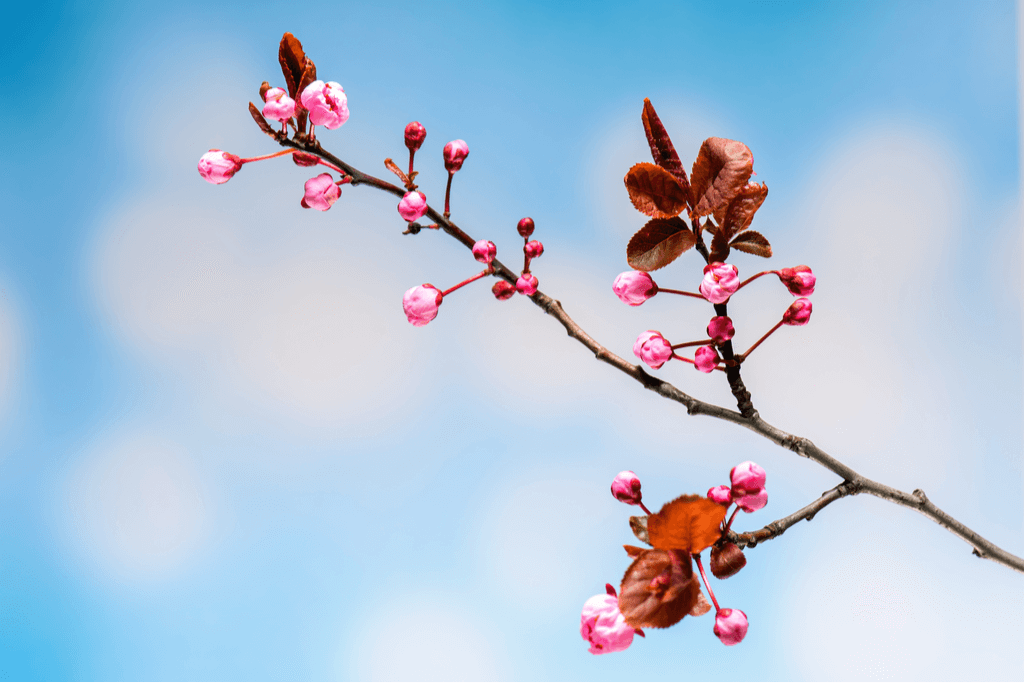
Sakura blooms first in the warmer south of Japan, and the last flowers appear in the north. The “cherry blossom front” shows how blooming moves north across Japan like an army (sakura zensen).
How to Guess Sakura Season
The cherry blossom forecast (sakura no kaikayoso) is by the Japanese Meteorological Agency (JMA). Every January, the agency dispatches many to 58 sample trees (yohonboku) near its weather stations.
Depending on where in Japan you are, you may or may not be able to see the Yoshino cherry. Some of Hokkaido’s colder places, like Wakkanai and Asahikawa, use a different kind of cherry blossom called Ezoyamazakura as a reference. They can bloom as early as February, which gives them the name “winter sakura.”
Regarding cherry blossom samples, scientists use Sargent’s cherry in the north and Higan cherry in the south. There are no official samples from warmer parts of Japan, such as Okinawa and Amami, so predictions are more complicated.
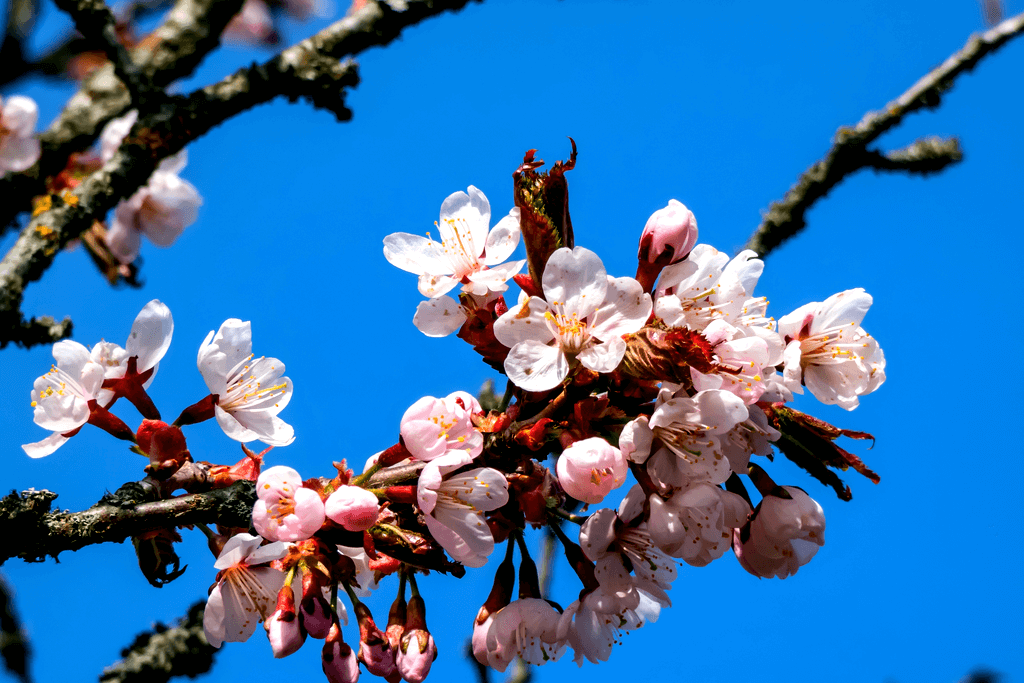
A pool of carefully chosen reserves can quickly replace damaged or old trees. The JMA’s data includes autumn and winter temperatures from previous years, height above sea level, and daily reports on tree growth. They also have total temperatures, equations for chemical reactions in flowers, and data on when flowers bloom in about 1000 places across Japan.

Most Sumei yoshino are clones, which gives them even more accuracy and makes it possible to make predictions that are off by only two or three days. After all the information has been reviewed and confirmed, the JMA puts maps, graphs, and tables on its official website so private agencies and the public can use them.
Would you like to get some snacks for the upcoming hanami season? Try Sakuraco! Sakuraco sends traditional Japanese snacks, teas, sweets, and kitchenware so you can taste Japanese culture in the comfort of your home!
The peak of cherry blossoms
The “day of opening” (kaikabi) for a given area is when the nearest sample tree has five to six sakura flowers. When 80% of the flowers on the sample tree bloom, this is called “peak bloom” (mankaibi). Depending on where in the country you live, the best time to see Yoshino cherry trees is between March and early May.
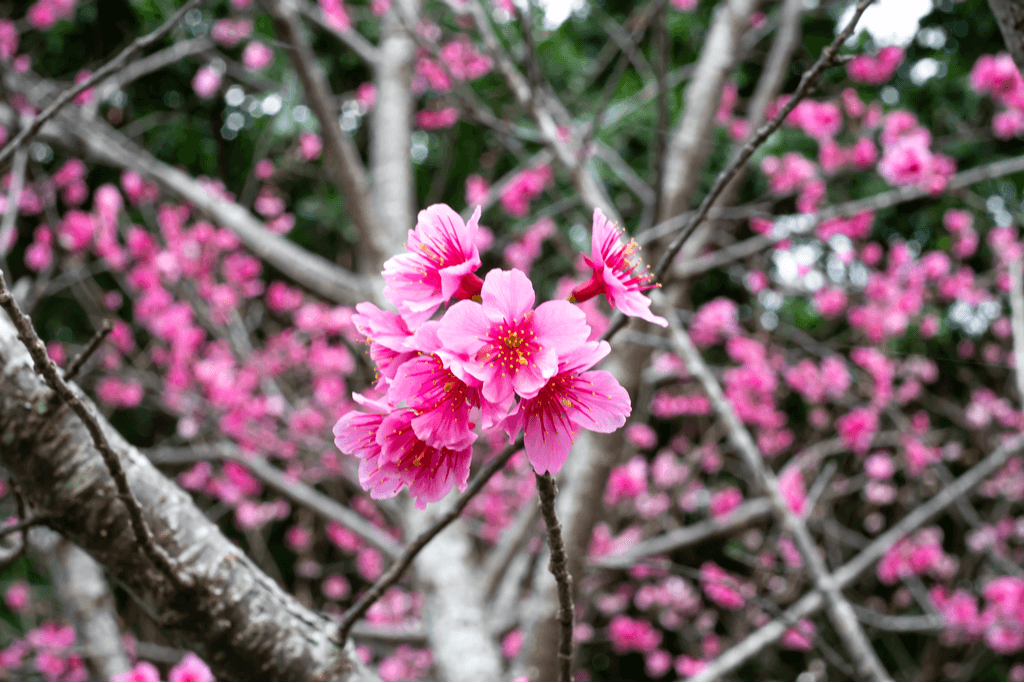
Since the 9th century, emperors, aristocrats, monks, and government officials in Japan have written down the dates of hanami and cherry blossom peaks. Since 1800, these diaries and records show that the best blooms have happened earlier.
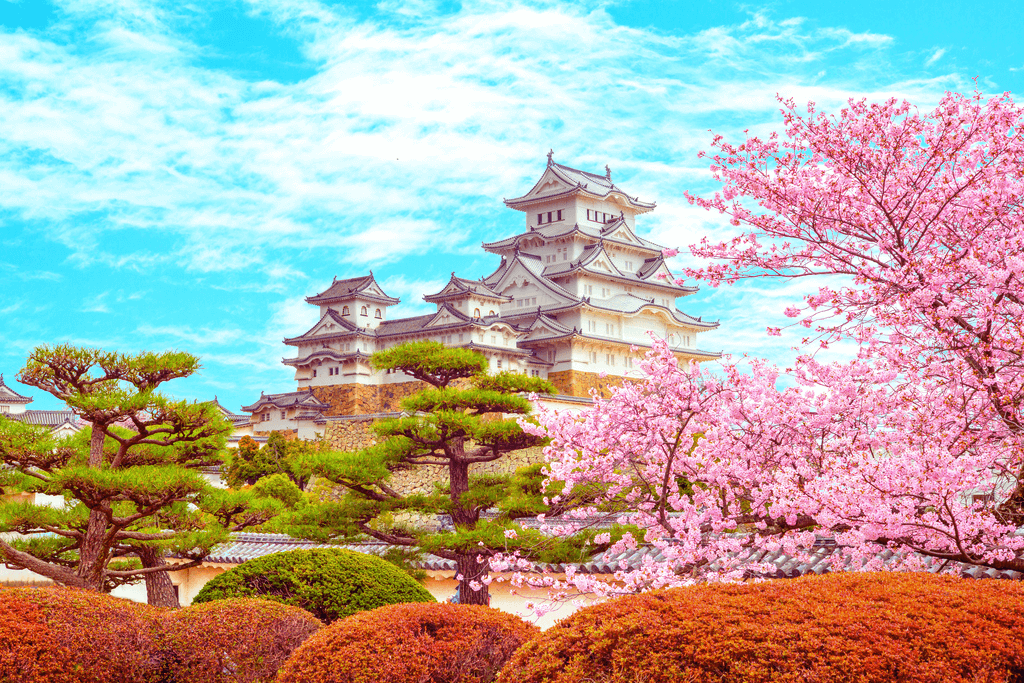
Some scientists think this trend is caused by global warming because there is a link between when sakura blooms and how warm it is in the spring. At this time, global warming seems to affect Kyoto’s sakura season the most. Between 1953 and 2000, the city’s average March temperatures went up by almost for degrees. Also, on March 26, 2021, when the blooms were at their peak, it was the earliest since AD 812.
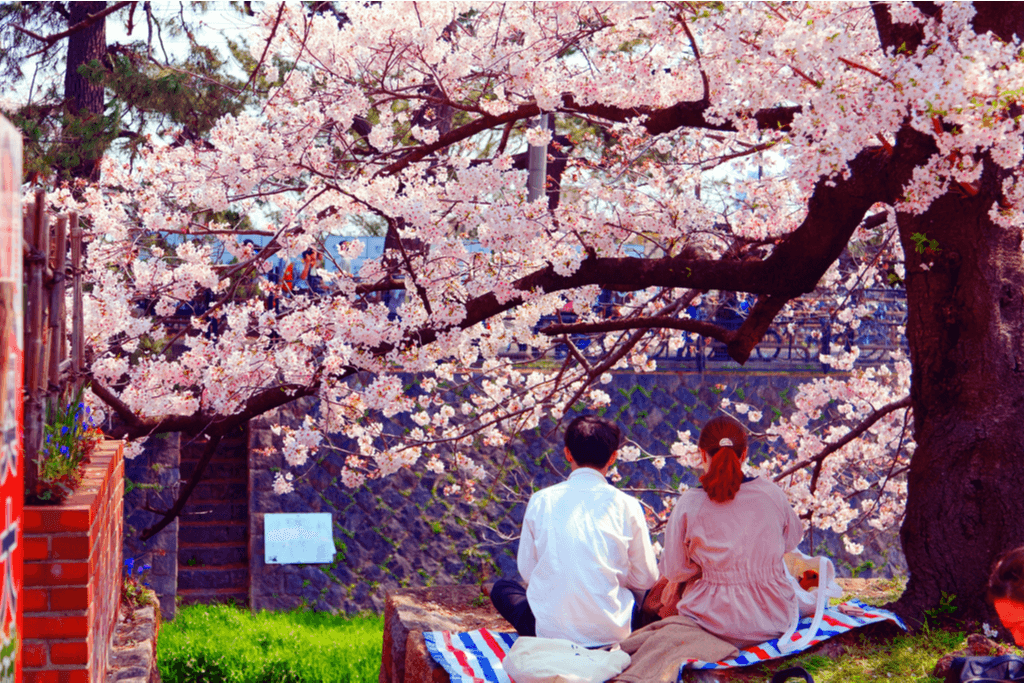
Cherry blossom predictions are fascinating for both locals and tourists! No matter where you are, sakura season is on its way, and there will be hanami picnics across the country. Are you going to be in Japan for cherry blossom season? Where do you plan to go? Please let us know in the comments below.


